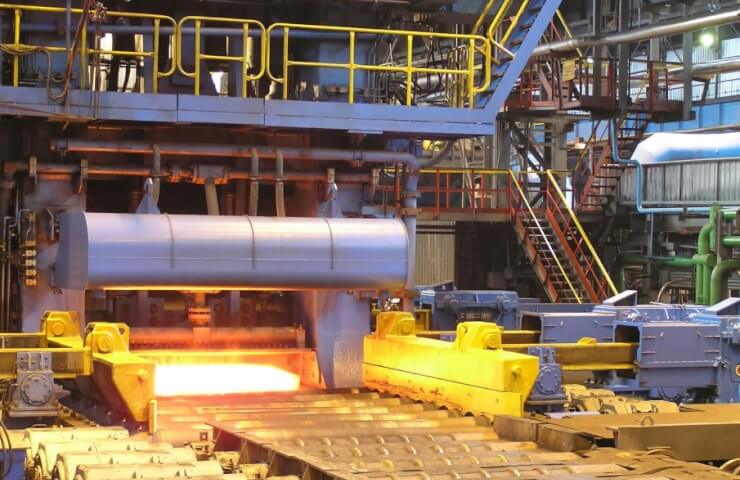Italian sheet metal producers say they have little room to cut price quotes, saying they are now operating at or near breakeven. The recent increase in slab prices and ongoing processing costs are cited as contributing factors.
In a study for the May edition of the European Steel Review, sheet suppliers told MEPS International that even cutting prices and selling at a loss would not lead to any increase in sales.
Poor order take-up – both at plant and shareholder level – continues in Italy, reflecting a trend seen elsewhere in Europe. Most small and medium-sized sheet metal buyers purchase only limited quantities - usually in a row - and have little desire to stock material.
Italian research contacts MEPS said a brief restocking in mid-to-late January helped maintain wafer sales in the first quarter. Bank holidays in April and May contributed to lower activity in the second quarter.
Wafer consumers are now aware of the impact of the upcoming summer holiday period and will be operating at minimal inventory levels for the foreseeable future. Many Italian companies will cease operations - partially or completely - in August.
The level of activity in the engineering sector is declining, and segments related to consumer goods continue to perform below expectations. However, there are pockets of relative strength. MEPS officials said the development of wind farms in the renewable energy sector is generating some demand.
The Italian construction sector has also seen slight growth in recent weeks. This is despite the fact that the Hamburg Commercial Bank Construction Purchasing Managers' Index fell to 48.5 points in April, the first time since September last year that the index fell below the 50-point mark, indicating a contraction in the market.
Asian imports compete for plate sales
Italian plate suppliers face competition for sales from abroad. The market remains influenced by cheap Asian imports, especially from Indonesia. In May, MEPS reported a price advantage of approximately €100 per tonne over local quotations. However, delivery times are long, with expected arrival in August/September.
Continued demand weakness in East Asia means factories in the region will make the most of European export opportunities where possible. European Commission safeguard import quotas for hot-rolled sheets are rarely exceeded, allowing trade to be facilitated without fear of additional tariffs.
In addition, Italy has a good supply of domestically produced stoves. Manufacturers now expect delivery of new orders in early July.
Changing the source of slab supplies
However, Italian slab manufacturers have limited options for purchasing slabs. Because of the war in Ukraine, end consumers are likely to indicate that Russian raw materials are not used. Meanwhile, Russian plants continue to send small volumes of slab exports to Europe, preferring to sell them on other markets.
In recent years, Italian re-rollers have therefore made Asian slab producers their preferred supply option. Faced with weak domestic demand for flat products, Asian mills are welcoming this alternative channel to sell their raw materials.
It is reported that prices for slabs from Asia are currently around US$580-600 per tonne, CFR Italy. MEPS respondents suggest that potential price increases by Russian slab producers could allow East Asian mills to realize their own price increases in the next round of negotiations.
MEPS predicts that prices for Italian wafers will rise in the next few months. Potential production cuts by European factories during the summer months could push up prices and increase their profits. However, weak local demand and competitive prices for non-EU materials will continue to threaten their pricing aspirations.




